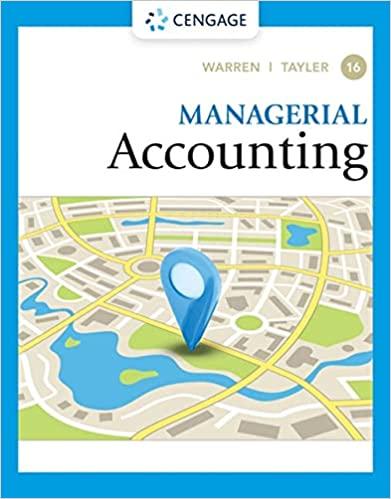Required information Problem 6-3B Record transactions and prepare a partial income statement using a perpetual inventory system (LO6-2, 6-5) The following information applies to the questions displayed below) At the beginning of June, Circuit Country has a balance in Inventory of $2,750. The following transactions occur during the month of June. June 2 Purchase radios on account from Radio World for $2,450, terms 2/15, n/45. June 4 Pay cash for freight charges related to the June 2 purchase from Radio World, $350. June 8 Return defective radios to Radio World and receive credit, $200. June 10 Pay Radio World in full. June 11 Sell radios to customers on account, $4,500, that had a cost of $2,950. June 18 Receive payment on account from customers, $3,500. June 20 Purchase radios on account from Sound Unlimited for $3,550, terms 2/10, n/30. June 23 Sell radios to customers for cash, $5,050, that had a cost of $3,350. June 26 Return damaged radios to Sound Unlimited and receive credit of $300. June 28 Pay Sound Unlimited in full. Problem 6-3B Part 1 Required: 1. Assuming that Circuit Country uses a perpetual inventory system, record the transactions. (If no entry is required for a transaction/event, select "No Journal Entry Required" in the first account field.) View transaction list Journal entry worksheet Record purchase of radios on account from Radio World for $2,450, terms 2/15, n/45. Note: Enter debits before credits. General Journal Debit Credit Date June 02 Record entry View general journal Clear entry Problem 6-28 Calculate ending inventory, cost of goods sold, sales revenue, and gross profit for four Inventory methods (LO6-3, 6-4, 6-5) [The following information applies to the questions displayed below) Pete's Tennis Shop has the following transactions related to its top-selling Wilson tennis racket for the month of August. Pete's Tennis Shop uses a periodic inventory system Unit Cost Total Cost $148 $ 1,184 Date Transactions Units August 1 Beginning 8 inventory Sale ($165 August 4 each) Augustil Purchase Sale ($180 August 13 each) August20 Purchase Sale ($190 August 26 each) August 29 Purchase 138 1,380 1,280 118 1,416 $ 5,260 For the specific identification method, the August 4 sale consists of rackets from beginning inventory, the August 13 sale consists of rackets from the August 11 purchase, and the August 26 sale consists of one racket from beginning inventory and 10 rackets from the August 20 purchase. Problem 6-2B Part 7 If Pete's chooses to report inventory using LIFO, record the LIFO adjustment. (If no entry is required for a ansaction/event, select "No Journal Entry Required in the first account field.) View transaction list Journal entry worksheet Record the LIFO adjustment. Note: Enter debits before credits. General Journal Debit Credit Date August 31 Required information Problem 6-2B Calculate ending inventory, cost of goods sold, sales revenue, and gross profit for four inventory methods (LO6-3, 6-4, 6-5) [The following information applies to the questions displayed below.) Pete's Tennis Shop has the following transactions related to its top-selling Wilson tennis racket for the month of August. Pete's Tennis Shop uses a periodic inventory system. Date Units 8 Unit Cost $148 Total Cost $ 1,184 August 1 August 4 August 11 August 13 138 1,380 Transactions Beginning inventory Sale ($165 each) Purchase Sale ($180 each) Purchase Sale ($190 each) Purchase 128 1,280 August 20 August 26 August 29 118 1,416 5,260 $ For the specific identification method, the August 4 sale consists of rackets from beginning inventory, the August 13 sale consists of rackets from the August 11 purchase, and the August 26 sale consists of one racket from beginning inventory and 10 rackets from the August 20 purchase. Problem 6-2B Part 5 5. Calculate sales revenue and gross profit under each of the four methods. (Round weighted average cost amounts to 2 decimal places.) Specific Identification FIFO LIFO Weighted- average cost Sales revenue Gross profit









